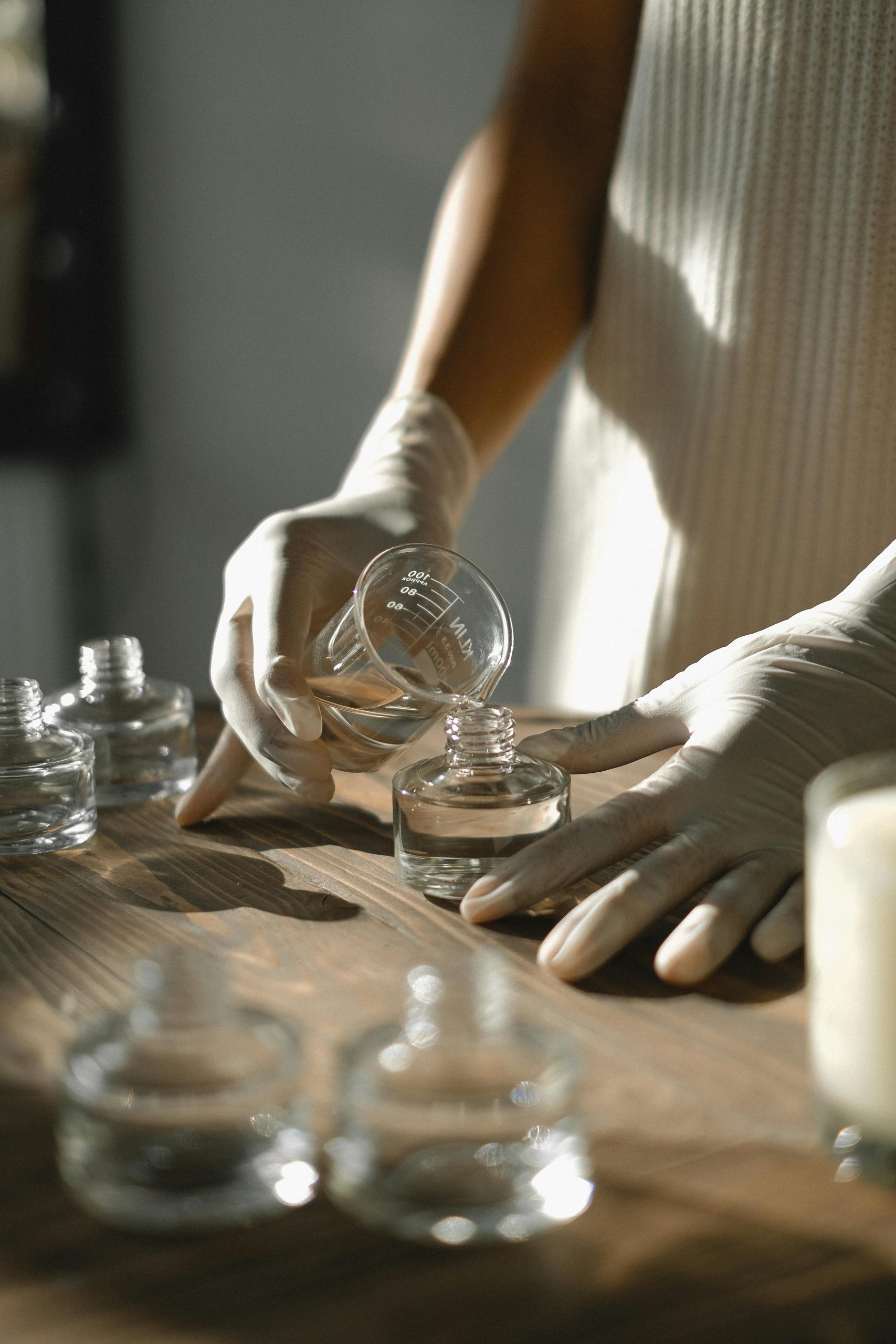Knowing When to Make a Transition

Determining your child’s readiness to transition from a crib to a toddler bed is an important milestone for both of you. This transition usually happens in the range of 1.5 to 3.5 years. But this shift shouldn’t be dictated just by age; it also involves looking for indications of readiness. It might be time to consider switching if your child is trying to climb out of their crib or showing signs of wanting more independence. Safety comes first, of course. To reduce the risk of falls during the night, make sure the new bed is low to the ground and has guard rails.
- Seek indications of preparedness escaping the crib or attempting to be independent.
- Prioritizing safety first Select a bed with guard rails that is low to the ground.
- Accept the shift: Consider it an advance toward independence.
Selecting the Appropriate Toddler Bed

Factors to Take into Account
Three factors are crucial when choosing the ideal toddler bed: size, safety features, and design. Oversized beds can be intimidating, and undersized beds can be outgrown quickly. There is no compromise on safety; to avoid any accidents during the night, look for beds that are low to the ground and have strong guard rails. Your child’s bedtime should be a joyful and cozy experience thanks to the design.
Including Your Youngster in the Choosing Process
Giving your kids a choice in bed increases their sense of excitement and empowerment. With their active participation, the transition goes more smoothly and the bed becomes a place they want to spend time in. When they select a bed that perfectly suits them, watch their eyes brighten.
Attention to Mattresses
- A firm mattress will support your child’s developing body and promote sound sleep.
- Size counts.: To prevent any gaps, it should slide into the bed frame snugly.
- Content: Depending on your needs and preferences, choose between hypoallergenic foam and conventional innerspring.
Setting Up the Environment

Preparing the Room for a Mobile Toddler in Terms of Safety
Toddlers’ rooms become blank canvases for exploration as they start to explore. Making everything safe is crucial. To start preventing tipping, fasten furniture to the walls. Make sure cords are out of reach and cover electrical outlets. sharp edges? Protect them to make them softer. Age-appropriate toys remove the possibility of choking hazards. You can rest easy knowing that your child is safe in a clean, safe room.
Organizing the Space for Comfort and Ease of Access
- Clear path: Set up furniture to make a space that is safe to navigate.
- Bed that is accessible Make sure there is a night light close by and that the bed is easily accessed.
- Self-reliance: To encourage independence, set up toy boxes and shelves according to height.
Bedding and Sleepwear’s Significance in Providing a Smooth Transition
- Comfortable textiles: When selecting bedding and sleepwear, go for supple, breathable materials.
- Continuity Comfort can come from a cherished blanket or pillow from their crib.
- Wearing safety in sleepwear Choose clothing that fits snugly without being constrictive and is free of risks like long buttons or ribbons.
Adopting these procedures helps your child flourish in their new bed by preparing not only the space but also the environment. The goal is to create a welcoming, safe space that they will be happy to call their own. Making the switch from a crib to a toddler bed can be a joyous occasion full of delightful dreams and even more delightful awakenings if the proper planning is done.
Overcoming Typical Obstacles

Overcoming Opposition and Bedtime Refusal
Parental resistance to bedtime is a common obstacle. The secret is to be consistent and to create a relaxing environment before bed. Make it a habit to engage in relaxing activities like story reading or relaxing music listening. This lets your kid know that it’s time for bed. Reiterate that bedtime is a set time and maintain your composure in the face of continued resistance. Incentives for helpful behavior can also work wonders in getting them to accept their new sleeping arrangements.
Tips for Sleepless Nights and Early Wake-Up Calls
Wandering around at night and waking up early are common but tolerable. Make sure the bedroom is a secure and cozy space to deter straying. An infant-proof gate at the door can stop roaming, and a night light can offer comfort. An “awake-up” clock that changes color when it’s time to wake up can help those who get up early learn to stay in bed later. Their internal clock can also be regulated by maintaining a regular bedtime and wake-up time.
Managing Regressions and When to Get Expert Guidance
Although common, regressions can be annoying. Remain calm and steady as you gently reintegrate your child into their routine. But if your child continues to regress or shows signs of distress, it might be time to consult a professional. To ensure that your child’s transition to a toddler bed goes as smoothly as possible, a pediatrician or child sleep consultant can provide specialized strategies and support.
The journey from a crib to a toddler bed is full of achievements and difficulties. You can help your child through this important developmental stage by addressing resistance, handling nighttime wanderings, and knowing when to ask for assistance. To ensure the success of this transition, keep in mind that your best resources are persistence, patience, and an optimistic outlook.
Including Your Youngster in the Procedure

Encouraging Your Child to Be Independent by Giving Them Choices
- Giving your kids decision-making authority helps them develop a sense of independence and confidence.
- Allow them to select a bedtime story or their bedding. They are engaged in and enthusiastic about the change because of this autonomy.
The Value of Acknowledging Progress and Honoring Achievements
- One very effective tool is positive reinforcement. Your child’s good behavior will be reinforced if you acknowledge and celebrate each tiny step they take toward getting used to their toddler bed.
- Every accomplishment, no matter how small—like staying in bed all night or just showing enthusiasm about their new bed—deserves praise.
Some Advice for Adding Fun and Excitement to the Transition
- Let your kids choose the bedding or toddler bed that features their favorite characters.
- Establish a special nighttime ritual that involves a bedtime treat they look forward to, such as a cuddle or a story.
- Make it an activity they are encouraged to participate in by using a reward chart to commemorate nights spent in the new bed.
- Make sure their first few nights are memorable, maybe by adding extra bedtime stories or a personalized nightlight.
You’re not just getting your child used to a new bed; you’re also helping them become more independent and creating a fun and positive experience for them to look forward to at bedtime.
Preserving Comfort and Safety

Continuous Safety Inspections and Modifications to the Sleeping Area
- It’s vital to make sure your child’s sleeping space is safe. Accidents can be avoided by routinely inspecting the bed frame for loose screws, jagged edges, and general wear and tear.
- Rearranging the space to keep climbing temptations away from the bed reduces the chance of accidents.
Comfort Items: Their Significance and Function in the Shift
- Comfort objects, like a cherished blanket or a plush toy, are essential during this phase of change.
- They provide comfort and reduce anxiety because they act as comfortable allies in an unfamiliar environment.
Keeping an eye on your child’s sleep quality and making necessary adjustments
- It’s crucial to watch your child’s sleeping habits. Frequent wakings or signs of restlessness could be signs of discomfort or a need to change the bedding or room temperature.
- Adjusting the lighting in the room or adding or removing layers are examples of responsive modifications that can greatly improve the quality of sleep.
You can foster a nurturing environment that facilitates your child’s transition from crib to toddler bed by concentrating on these elements. This careful planning not only guarantees your child’s safety and comfort but also helps them become independent and self-assured, making the changeover a significant developmental milestone.
In Conclusion
A journey of self-improvement and independence is transitioning. It’s a period of transition toward independence that is full of struggles as well as victories. This big milestone becomes a chance for happiness and growth if you prepare carefully, include your child in the process, and keep safety and comfort top of mind. Together, let’s embrace every milestone and help our children develop resilience and self-assurance as they transition into the next phase of their childhood.
Transitioning from Crib to Toddler Bed: Tips and Tricks FAQs
Yes, you can use your crib’s mattress for the toddler bed, provided it fits snugly and meets the bed’s size specifications. This not only makes the transition smoother for your child by maintaining a familiar sleeping surface but also is cost-effective. Ensure the mattress is still firm and in good condition to support your child’s growing body.
Celebrating the transition can involve simple gestures like praising your child for sleeping in their new bed or creating a small ceremony that acknowledges their move to a “big kid bed.” You might also consider a small gift, like a new book to read in bed, to mark the occasion. This positive reinforcement helps your child feel proud and excited about their new milestone.
To make the transition smoother, involve your child in the process by letting them pick out bedding or a small pillow, creating a sense of excitement and ownership. Establishing a consistent bedtime routine can also provide comfort and predictability during the change. Reading books about transitioning to a toddler bed can help them understand and feel more comfortable with the process.
To address nighttime fears, maintain a comforting bedtime routine and consider using a night light or leaving the door slightly open to provide reassurance. Listening to your child’s concerns and offering comfort and reassurance can help alleviate fears. Additionally, a favorite toy or blanket can serve as a comfort object during the night.
Your child might be ready for a toddler bed if they express interest in beds, can climb out of the crib, or have outgrown the crib. These signs suggest that your child is seeking more independence and may be more comfortable in a bed that allows for easier movement. Additionally, if your child is consistently asking about sleeping in a “big kid bed,” it’s a good indicator of readiness.
Locking a child’s bedroom door at night is not recommended due to safety concerns; it’s important for children to be able to easily access a parent or caregiver if needed. Instead, consider using a baby gate or a door stop that prevents the door from closing fully but still allows for easy access. This approach keeps your child safely in their room while ensuring they can reach you in case of an emergency.
The ideal age to transition from crib to toddler bed is typically between 18 months and 3 years. This range is when children start showing signs of being able to climb out of their cribs, indicating it might be safer to move them to a bed with easier access. It’s also a period of significant developmental milestones that can support the transition.
If your child keeps getting out of the toddler bed, it’s important to remain consistent and patient, gently guiding them back to bed each time. Establishing and reinforcing a bedtime routine can help signal to your child that it’s time to stay in bed. Over time, with consistency and clear expectations, this behavior typically decreases as they adjust to their new sleeping environment.
When transitioning to a toddler bed, ensure the bed is low to the ground and equip it with guardrails to prevent falls. It’s also important to childproof the bedroom, securing furniture to the walls and removing small objects or cords that could pose a risk. Lastly, installing a gate at the bedroom door can prevent wandering at night.
If your child falls out of the toddler bed, first ensure they are not injured and provide comfort to soothe any fears. Consider adjusting the sleeping arrangement, such as placing pillows or soft padding on the floor next to the bed as a precautionary measure. Over time, as your child gets used to the boundaries of the bed, falling out should become less frequent.

Jasmine Duque-Love is a mother of one and a practicing physiotherapist with a Phd in Physiotherapy

